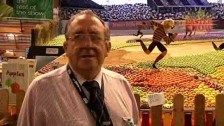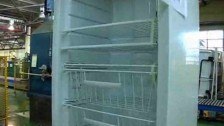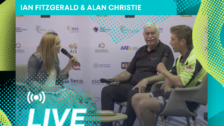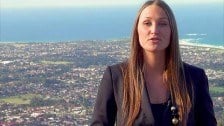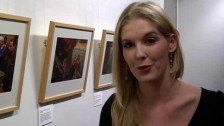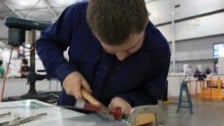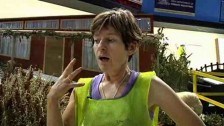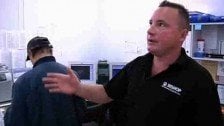The Art of Colour Mixing
Every single colour imaginable can be mixed using precise, age-old recipes. Today, Carl, the store manager from Porters Paints will explain how they learn the art of colour mixing by demonstrating the process to SkillsOne.
About Porters Paints:
Porters Paints was founded by Peter Lewis approximately 20 years ago. There are now seven Porters Paint stores around Australia, and their products are also distributed by a many other paint and home decorating retailers. Their head office/factory/main store in Waterloo currently employs 25-30 staff.
They currently have about 300 standard colours available. They also have historical colours/colour recipes and a book that holds previous custom-made colours that are kept for future reference.
About Carl:
Carl Harvie studied Fine Art at the National Art School in Sydney’s Darlinghurst and graduated with a major in Sculpture 12 years ago. He worked various odd jobs – while exhibiting his art several times – before getting a job at Porters Paints six years ago. His background in arts is very helpful in his day to day work, as it’s important to not only have an understanding of colour, but an understanding of painting and brush techniques.
Carl says that many of their team at Porters come from a background in arts. He loves working at Porters and finds the job allows him to be very creative. It’s also one of the few jobs he knows of that utilises his arts knowledge. He feels there are two sides to his job, the colour side (mixing colours, developing new colours) and the practical side (offering advice to customers about how to achieve certain looks, what finishes to use etc).
Carl has 2-3 people come in every day with an item (a piece of paper, swatch of fabric, piece of clothing etc) that they want to have matched. There are many different finishes (lime wash, acrylic,etc) and each finish has a different manufacturing process. For every colour there are usually three colours in it.
Insider Knowledge:
To create a paint colour that matches something, Carl usually follows this process: First you use the main colour (red for example) and paint it on something. Then dry this off with a hair dryer to find the true colour. Now compare the dried example with original item and decide what’s missing (yellow or blue for example). Add required colour to the example and repeat the process. This continues until the dried example matches the original colour perfectly.


